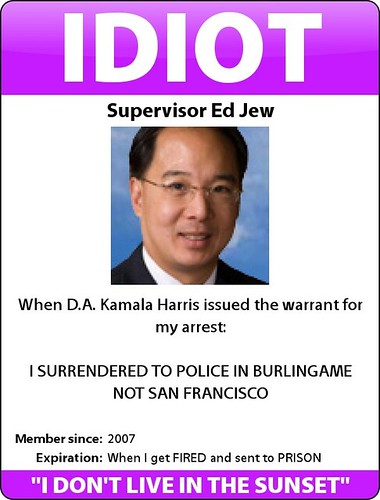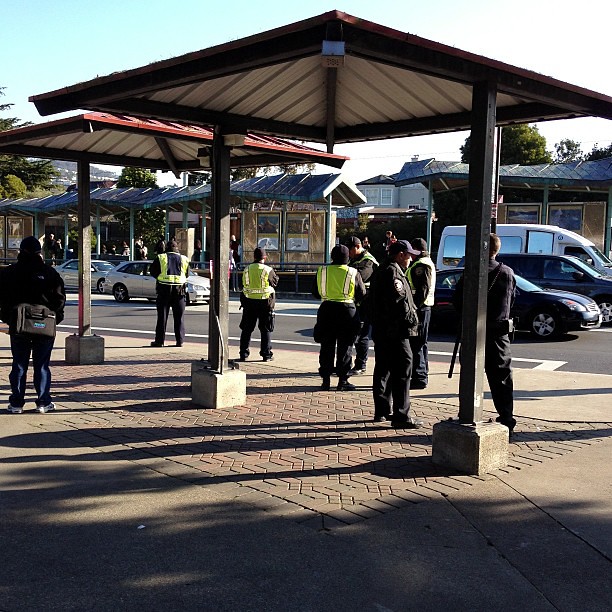The Federal Conviction
He was sentenced to 64 months in federal prison when he pleaded guilty in federal court for a charge of bribery, mail fraud and extortion when he attempted to shake the the Quickly drink chain stores experiencing permit problems and asked for Ed's help.
When the folks at Quickly learned Ed was attempting to extort the beverage chain of tens of thousands of dollars for "assistance," they contacted the FBI. The feds set up a sting operation by providing the money and video recording Ed counting his cash at his flower shop in Chinatown. View the KGO Channel Seven video of him caught in the act.
While the prosecutors asked for a two year sentence, the judge threw the book at Ed and gave him a five year and four month sentence with a $10,000 fine. If you didn't know, the federal prison system doesn't have parole, unlike California, so Ed has to serve his full term. There is the possibility he may only need to serve 85% of his federal sentence for good behavior, which means a 54.4 month sentence, therefore he could be released in just three months.
Ed Isn't Free after Federal Prison
But, while Ed is being released from federal lockup in a year or less, he's going straight to the SF county jail as he was also sentenced to one year of jail, three years of probation and a $2,000 fine from the state criminal courthouse.
He took a plea deal that dropped eight of nine felony charges to just one for perjury for lying about his residency. What happened is Ed was elected to represent the Sunset District by claiming he lived in the neighborhood, but city investigators found out the house he was allegedly living in had barely any usage of gas, electricity, and garbage service. He admitted in open court prior to being sentenced that he lived in Burlingame when elected.
Ed abused the media by constantly lying and twisting the story, even doing a press segment in front of his "home" in the Sunset district. But a stupid stunt Ed did was when a warrant for his arrest was issued by D.A. Kamala Harris, he surrendered to Burlingame police, instead of San Francisco. The other city supervisors and politicians had enough of his antics. Ed resigned on January 10, 2008 as part of a deal with the city to not be civilly prosecuted and face the Ethics Commission.
But, Ed may be released in eight months depending on behavior and any time he has held in lockup prior to conviction.
From a man who owned a flower shop, extorts a tapioca drink chain and lied about his residency, to becoming a felon spending good times in prison eating mushy carrots, to being a freed convict with felonies on his rap sheet; he's going to have a fun time working as a sub-contractor janitor in City Hall, removing trash from his former office.





